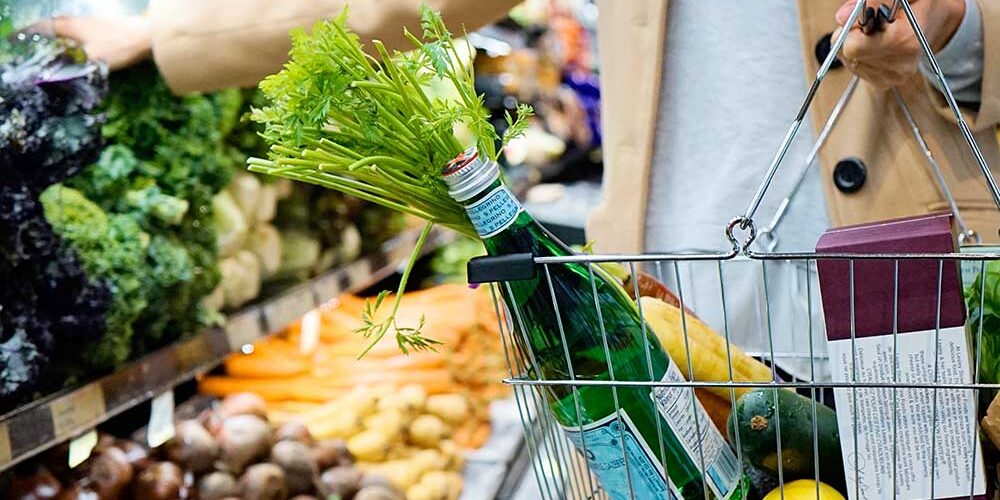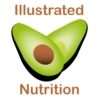The Ultimate Guide to Eating Healthy: 10 Shopping Tips for the Smart Sister

Shopping for food can be a daunting task, but it doesn't have to be. In this article we will go over some tips and tricks to help you find nutritious foods without wasting time or money. You'll learn how to read nutrition labels, the best places to shop, and which foods are healthier than others. Let's get started!
When shopping for groceries, it's important to be aware of the nutritional content of the foods you're buying. Many packaged foods contain unhealthy ingredients like sugar, sodium, and unhealthy fats. It's important to read nutrition labels and look for foods that are low in these harmful additives. (For tips on reading nutrition labels, check out our blog here.)
That being said, here is our top ten list of tips and tricks to shopping smarter when it comes to nutrition!
Come with a list. Time and time again, this step saves me from making ALLL the mistakes. When I'm really on top of things, (which to be fair, isn't that often because there's Netflix to watch) I make my meal plan for the week on Sunday nights. Then I know exactly what to buy at the store, and it protects me from allowing my trigger-happy brain from getting tricked by fancy packaging and arms me against decision fatigue. (Pro-tip: nobody makes good decisions when fatigued! That's why Mom always said to be home by midnight and why Oprah says not to eat past 9:00. #thanksOprah)
Avoid processed foods. Processed food products are usually highly refined and contain very few nutrients compared to the whole, fresh version of the product. Basically, avoid the pre-packaged snacks that have a pantry shelf life.
Go for fresh fruit and vegetables as much as possible. Fresh produce is a great source of vitamins, minerals, antioxidants, and fiber.
Beware of marketing tricks used by some food companies to make their products look healthier than they actually are! For example, foods that have been labeled "reduced fat" are often high in sugar.
Shop around the perimeter of supermarkets where you'll find the freshest, unprocessed foods. The produce, meat, and dairy sections are usually located around the perimeter of the store.
Get to know what's in season. Seasonal fruits and vegetables are not only cheaper, but they're also more nutritious because they're picked at their peak ripeness. Besides, in my most humble opinion, nothing in this world beats a peach in August or September. #signmeup
Read nutrition labels. Nutrition labels are designed to help consumer makes informed choices about the food they're buying. They list important information like calorie count, sugar content, and nutrient levels.
Look for foods with short ingredient lists. The fewer ingredients a food has, the more likely it is to be healthy. Avoid foods that contain artificial colors, flavors, or preservatives. This one is so easy! You don't have to understand the "nutrition facts" (but if you want to, we have a handy guide here.) You simply have to look at the ingredients list and make a judgment call based on how many words you could say if your five-year-old asked you to sound it out.
Be aware of portion sizes when reading food labels. At first glance, the calorie count and sugar intake may seem reasonable for those cookies, but when you realize you only get two cookies for that cost, you may have another think coming.
Choose lean protein sources. When selecting meat or poultry, choose leaner cuts that are lower in fat. This will save you some unnecessary calories while still giving your body the nutrients it needs.
The biggest takeaway, however, is to go shopping with a list, buy fresh food (stuff that goes in the fridge), and keep the ingredients list on those nutrition labels simple. It can seem overwhelming at first, but once you get into the habit it's no big deal! Go get 'em, tiger.
For tips on shopping organic in a budget read this post!
